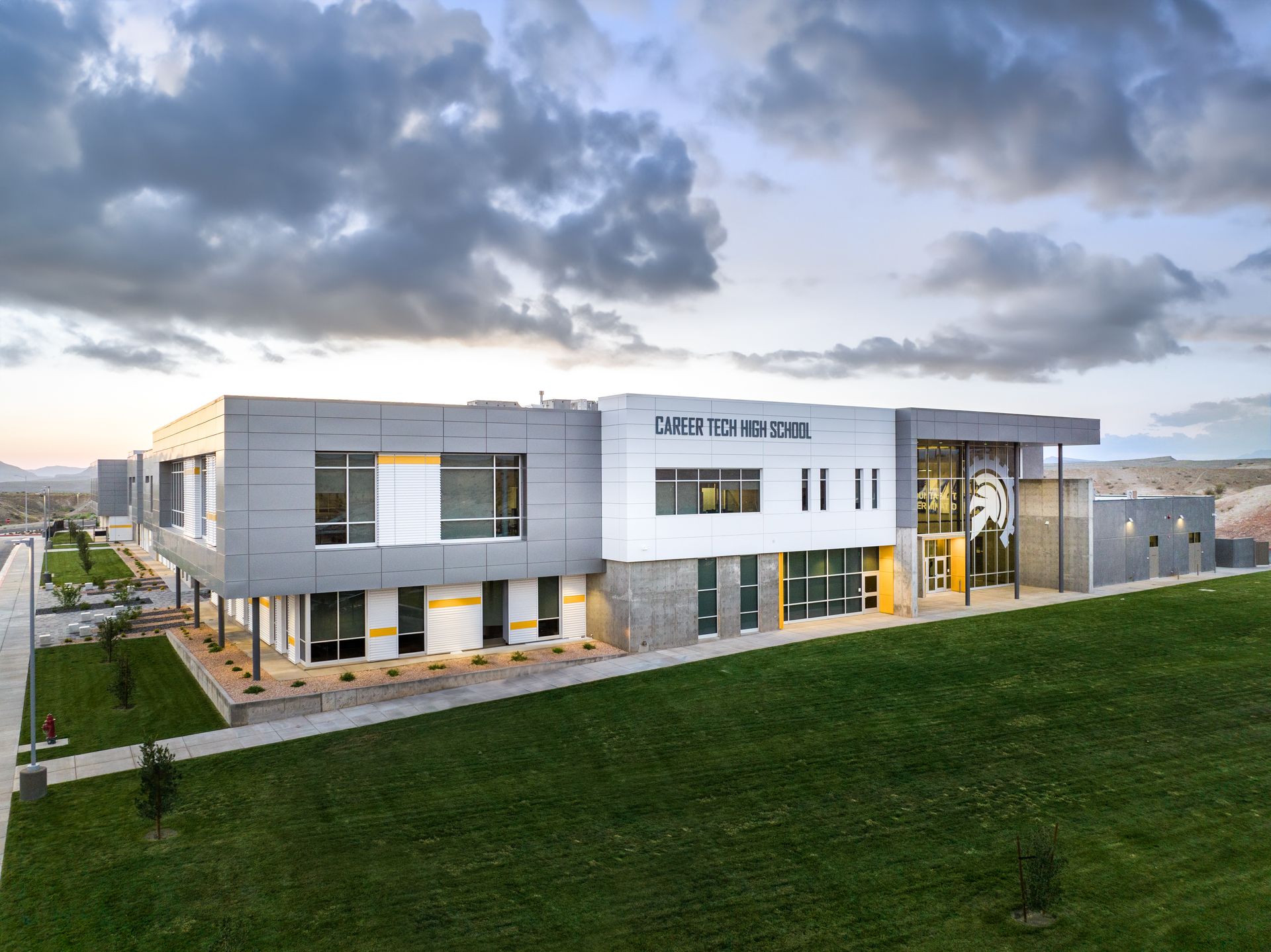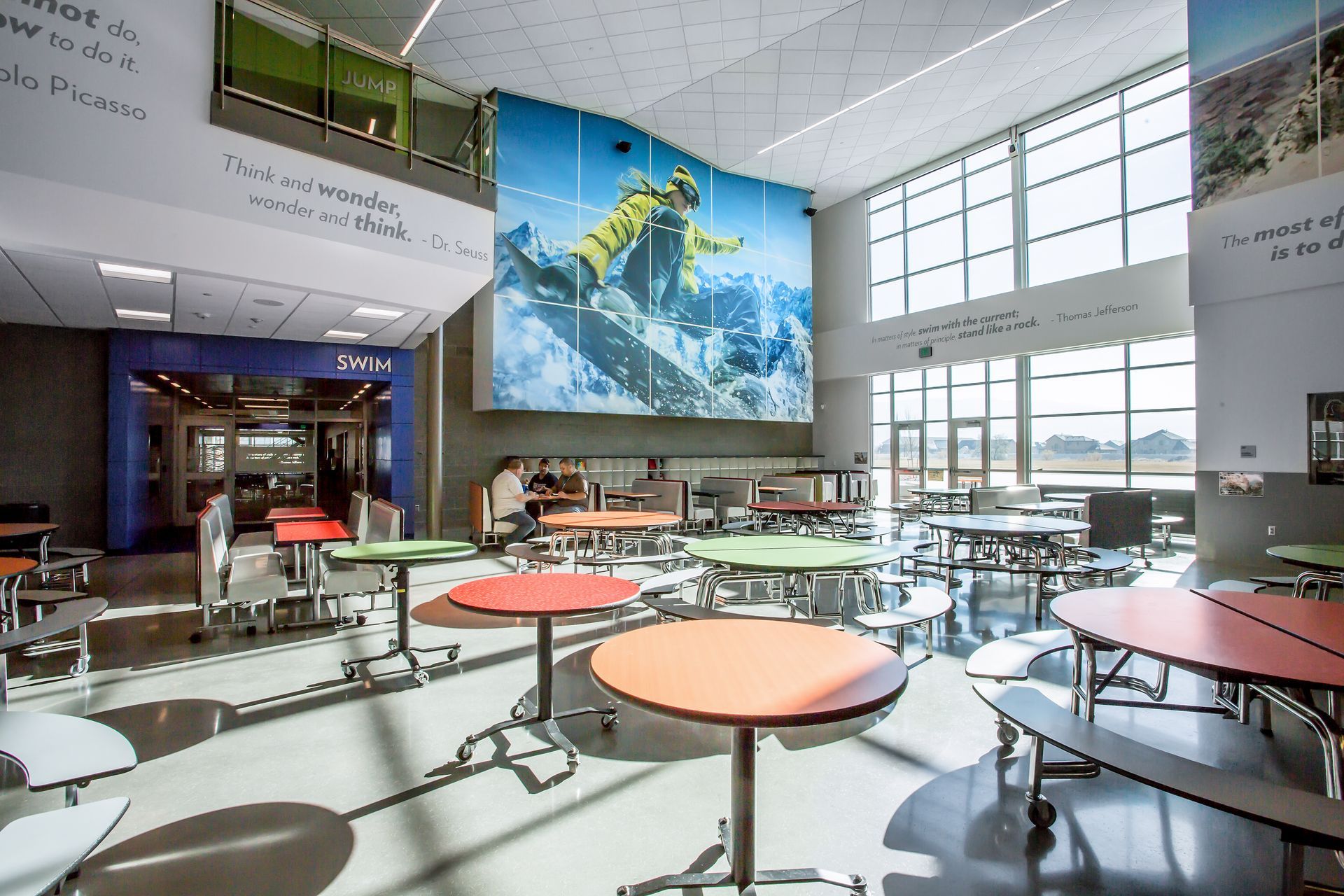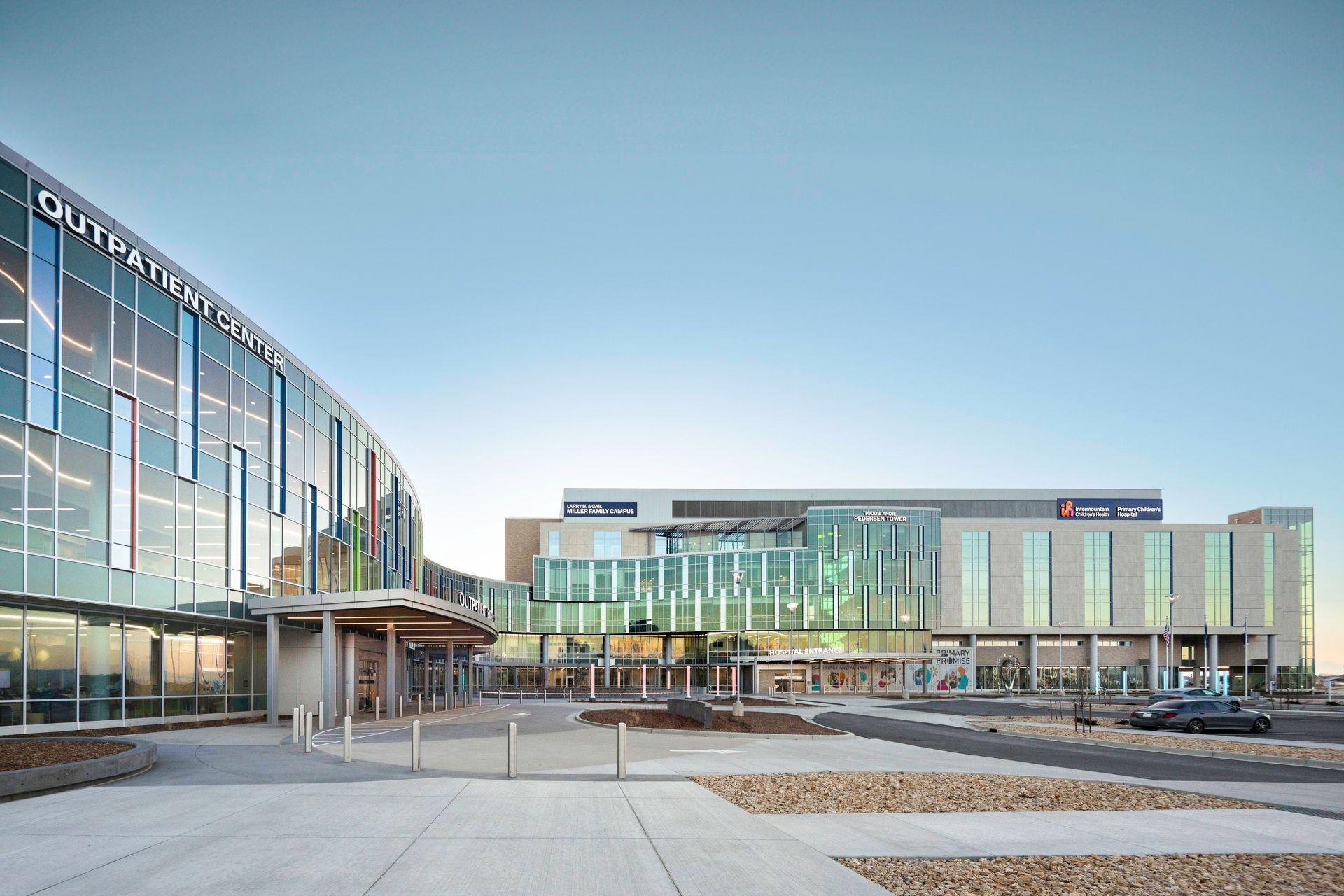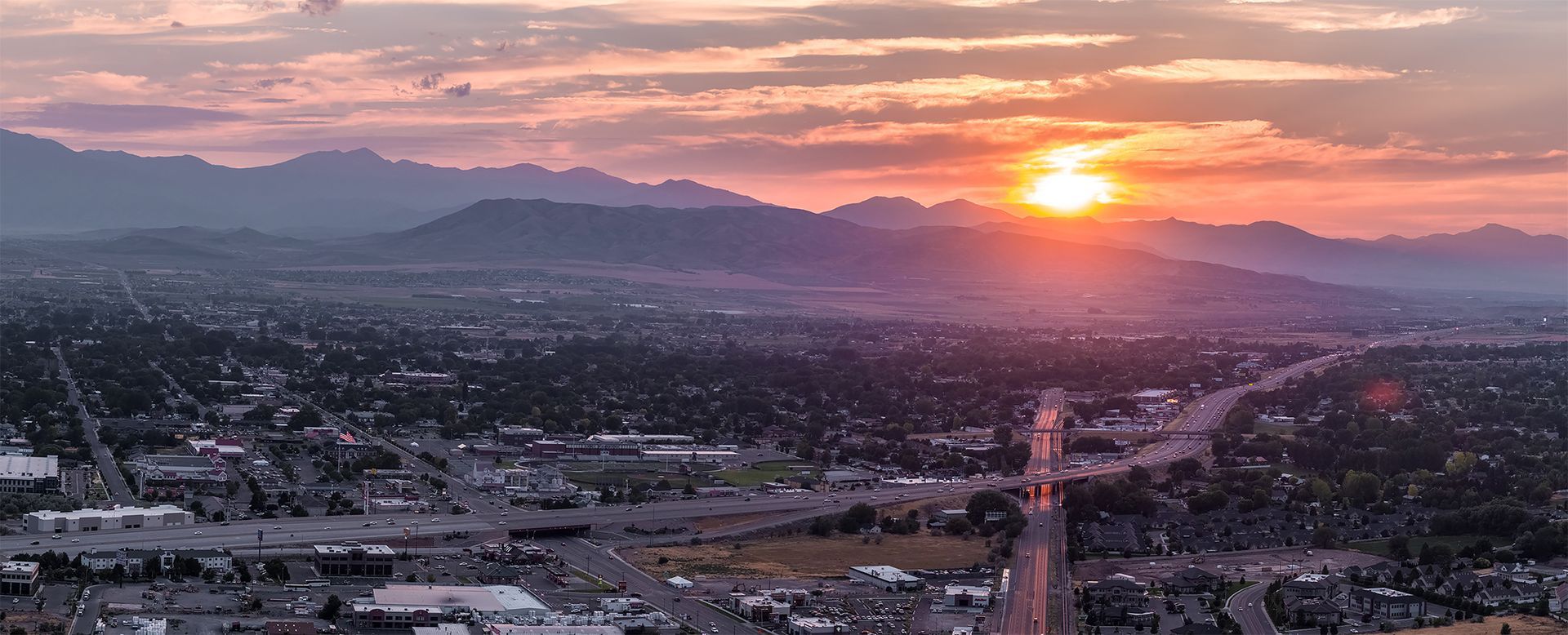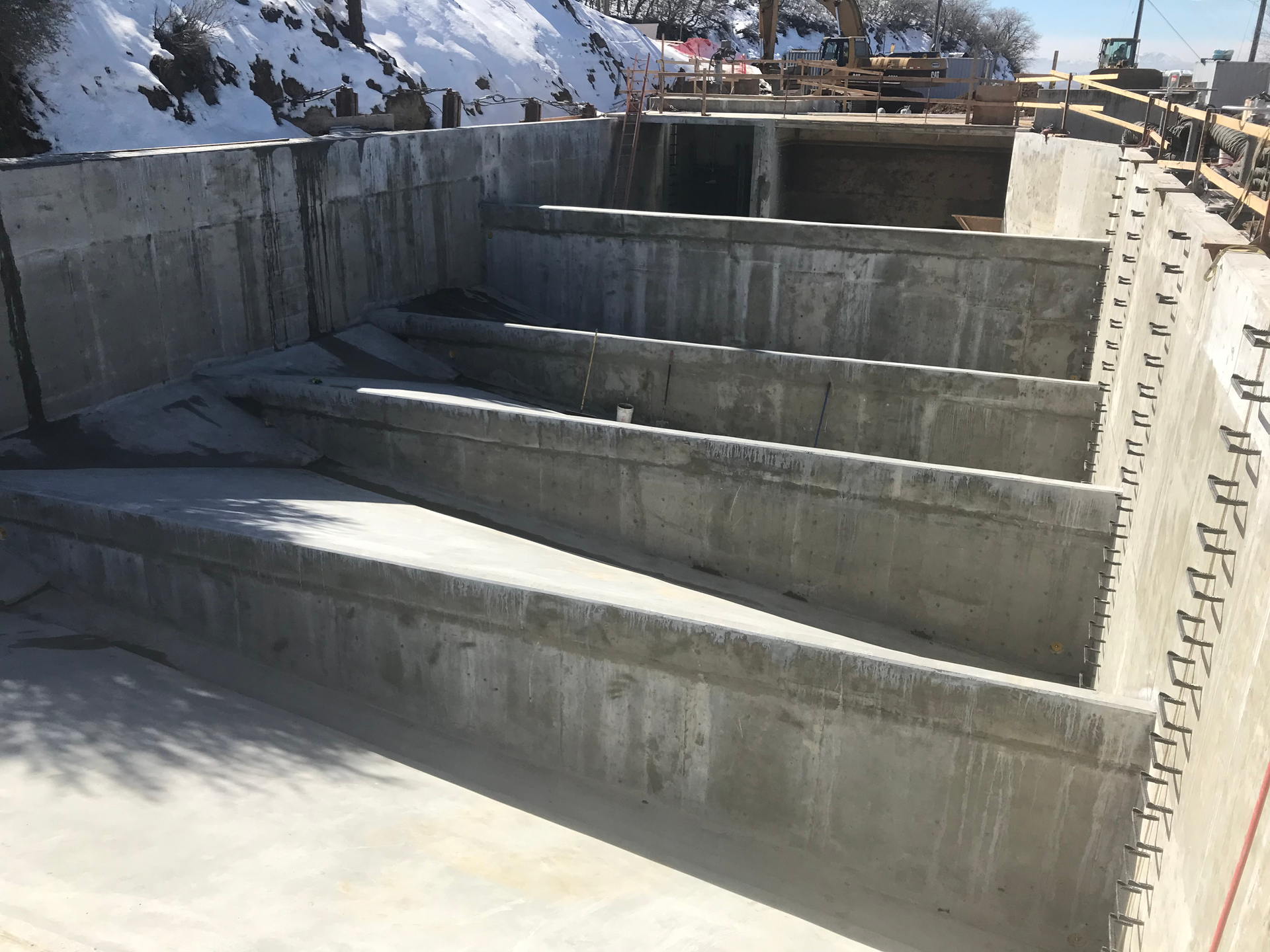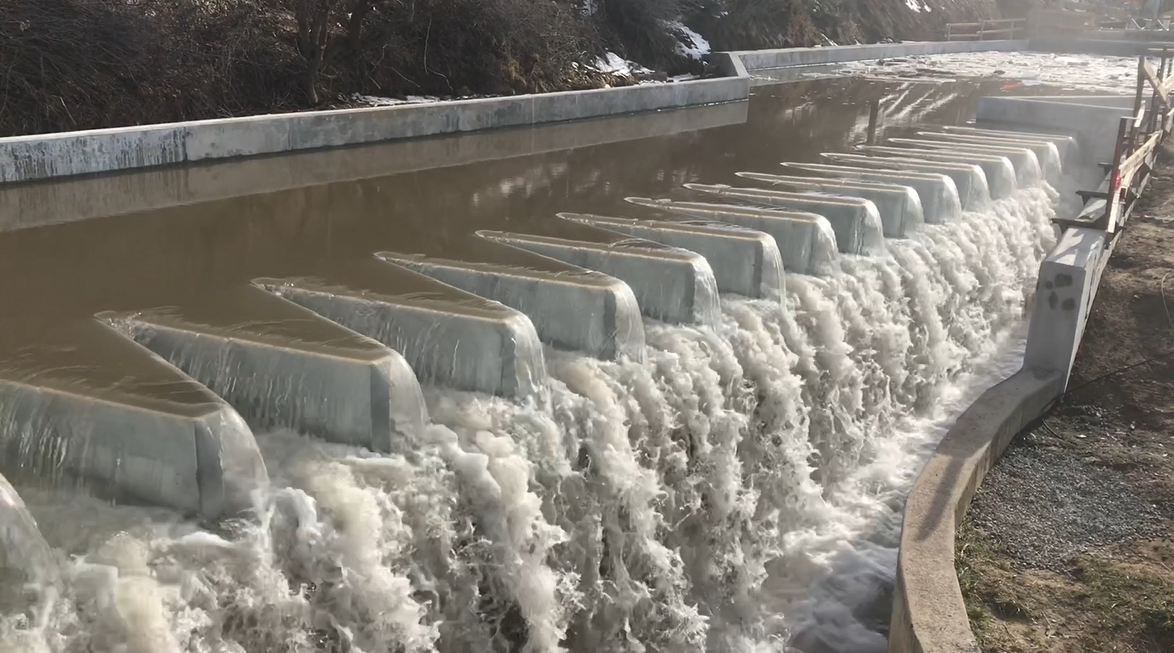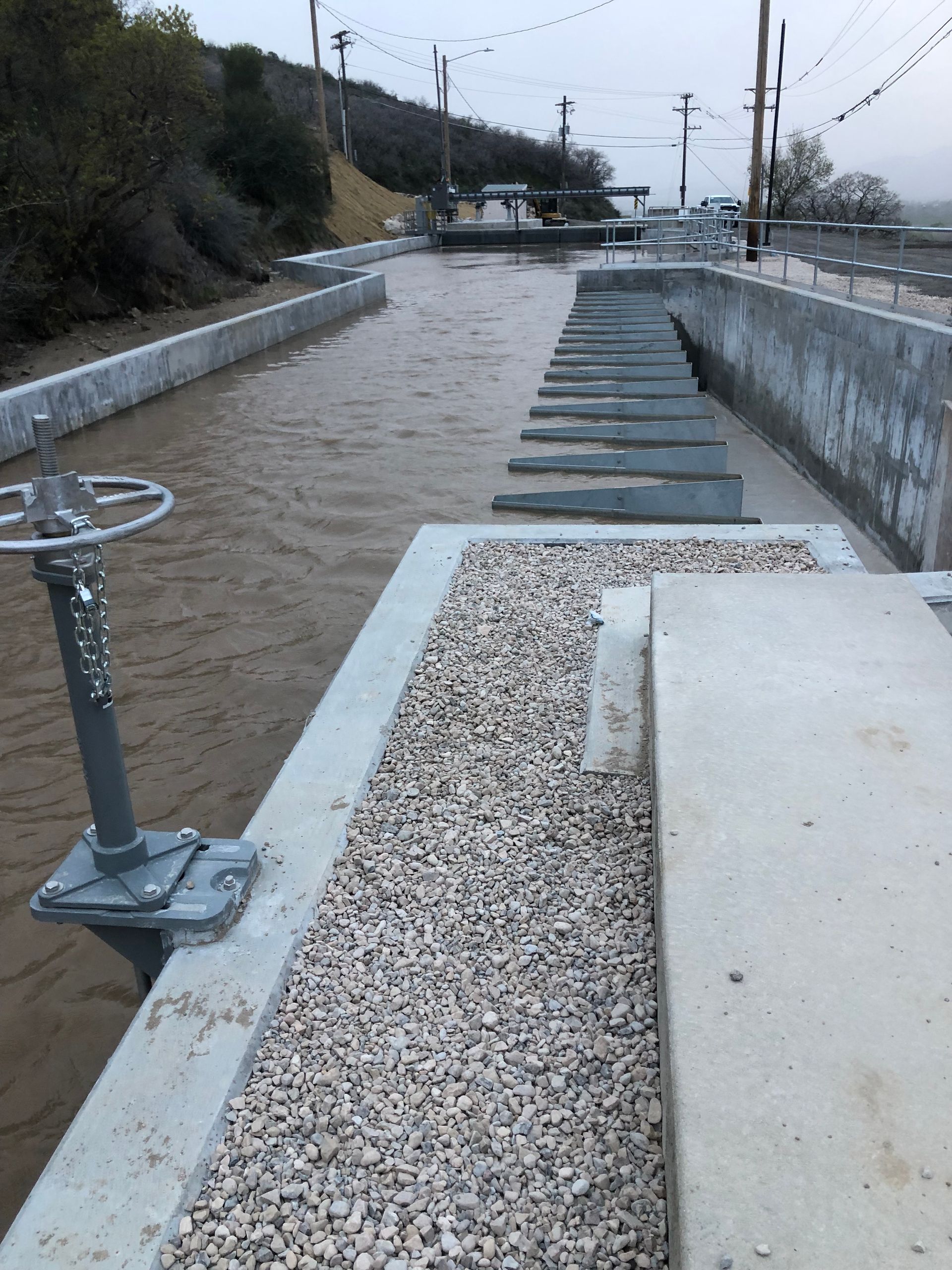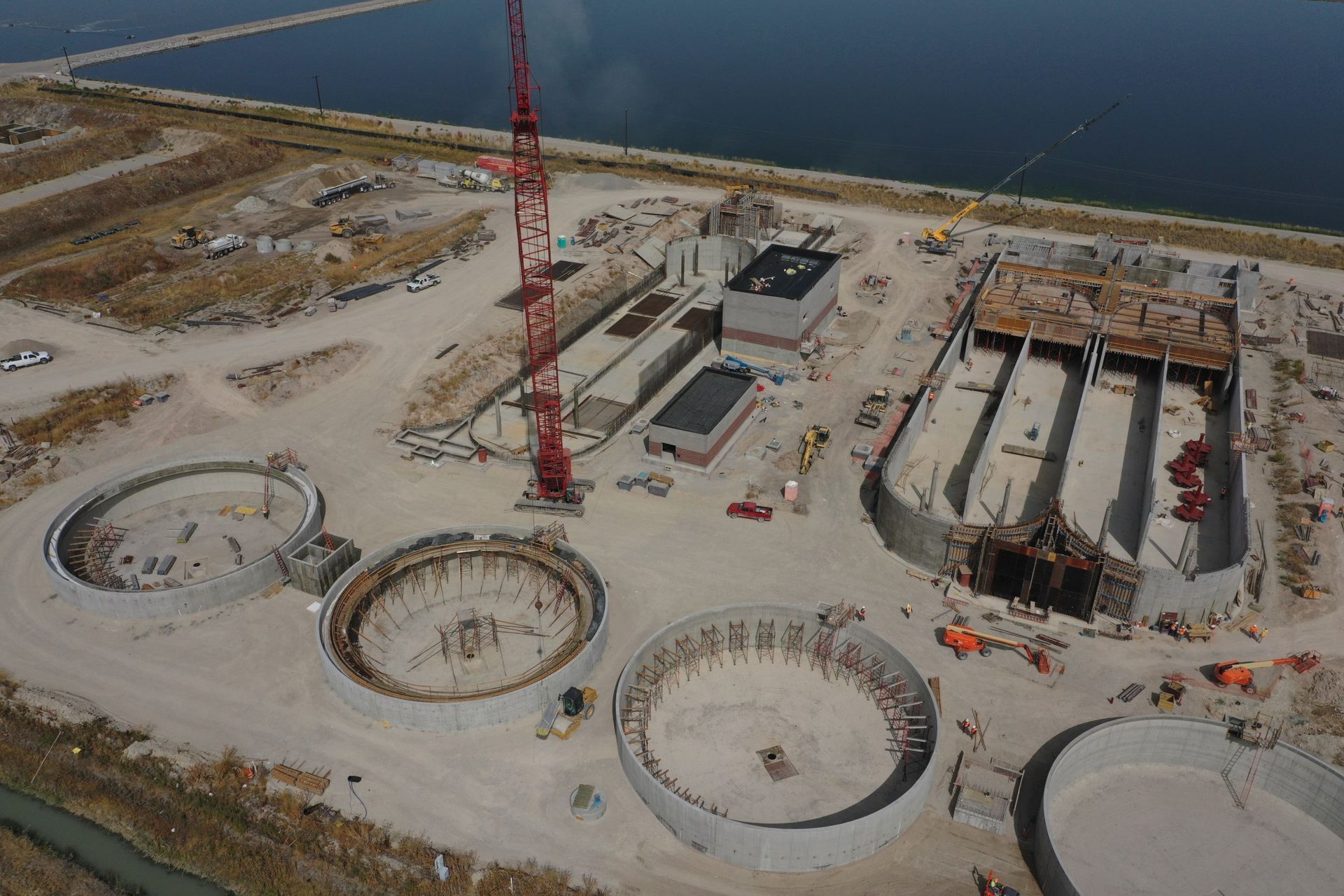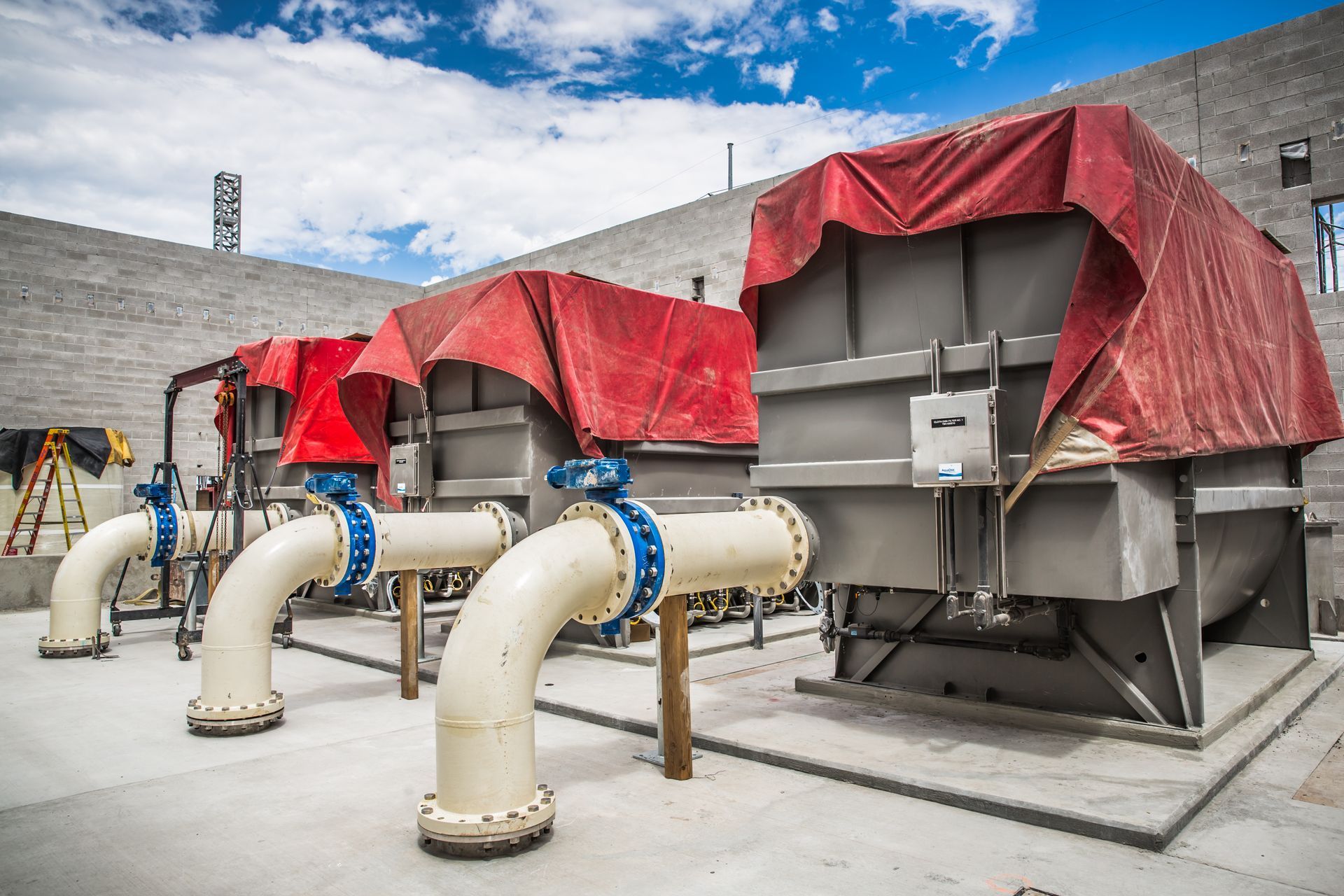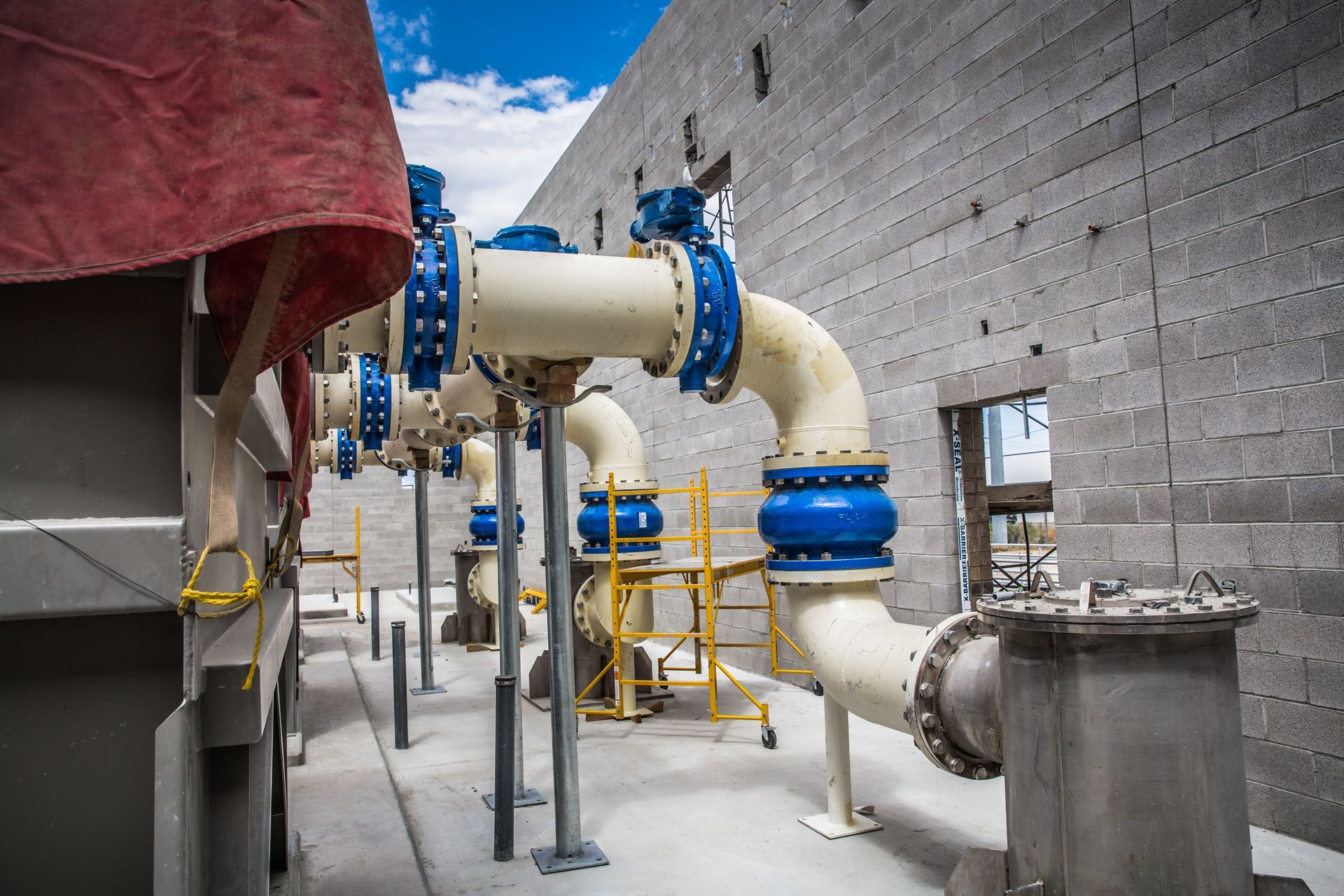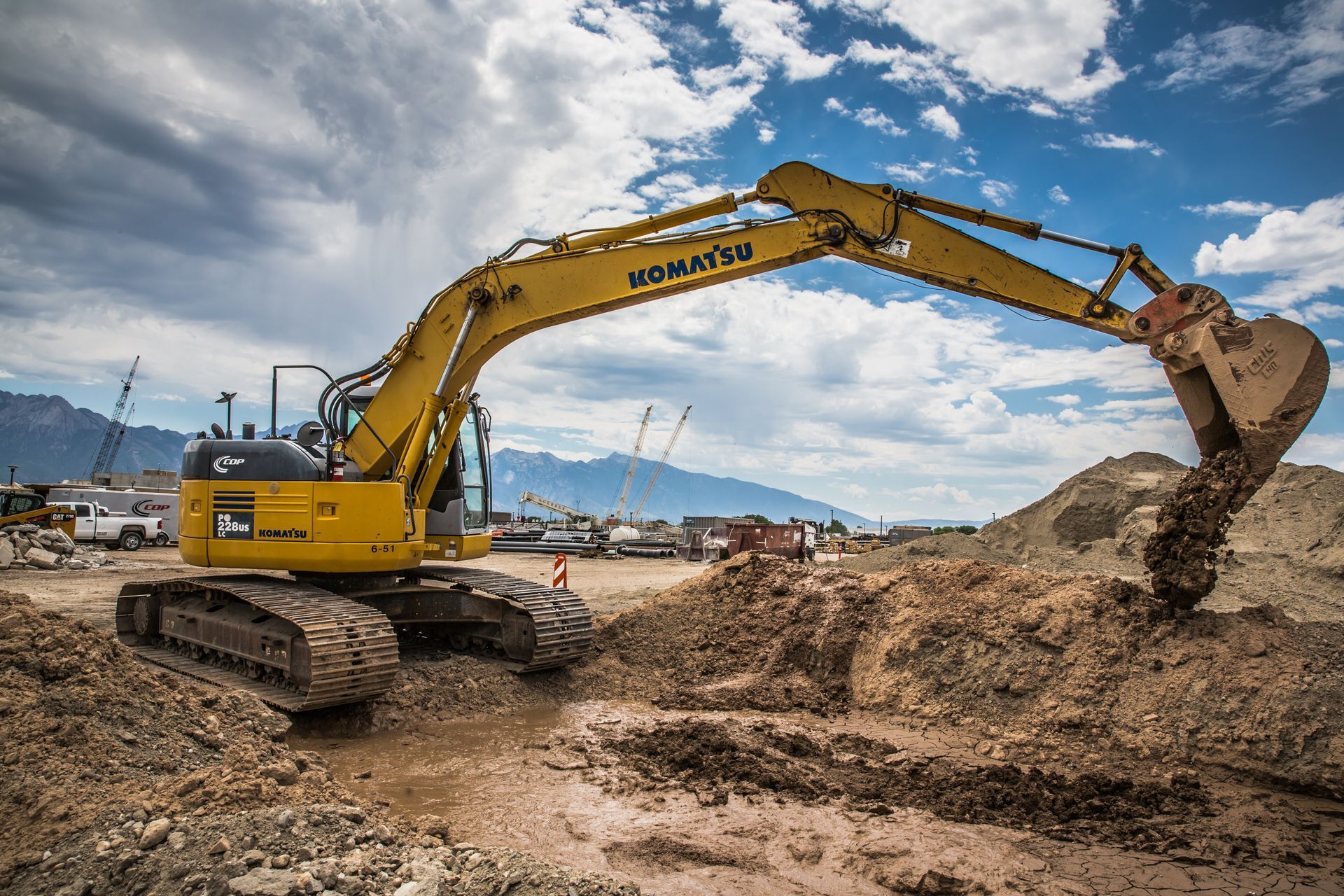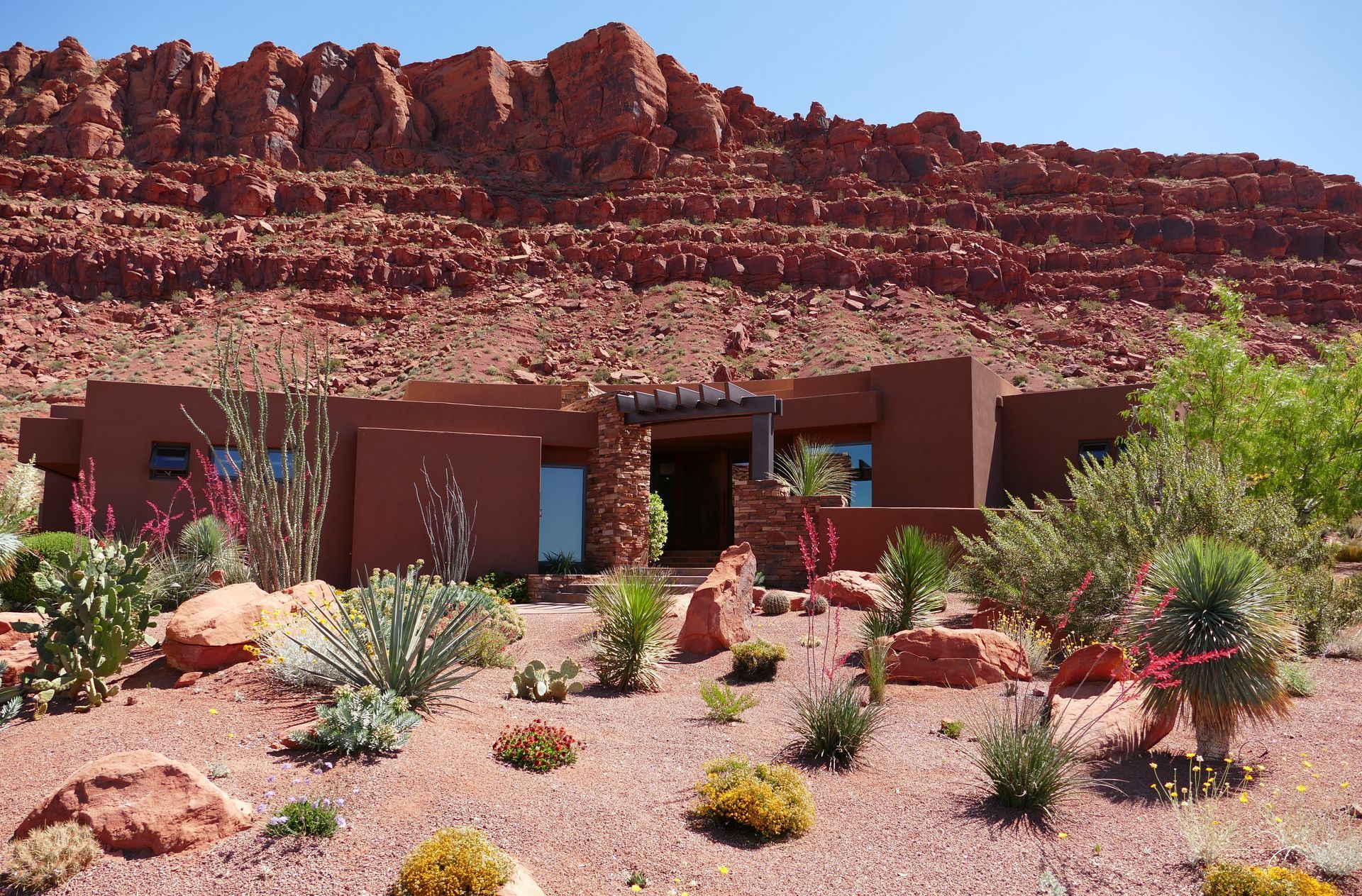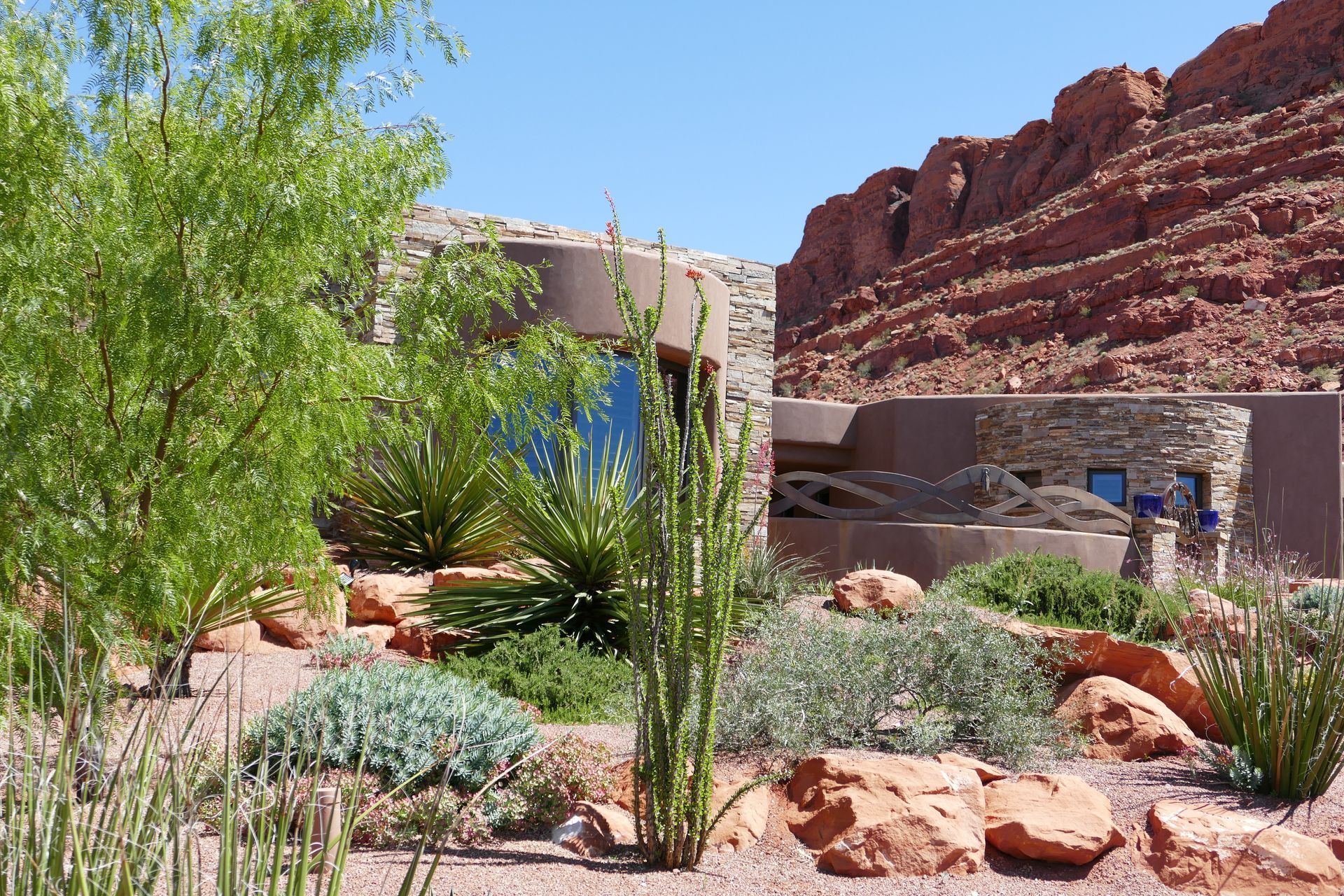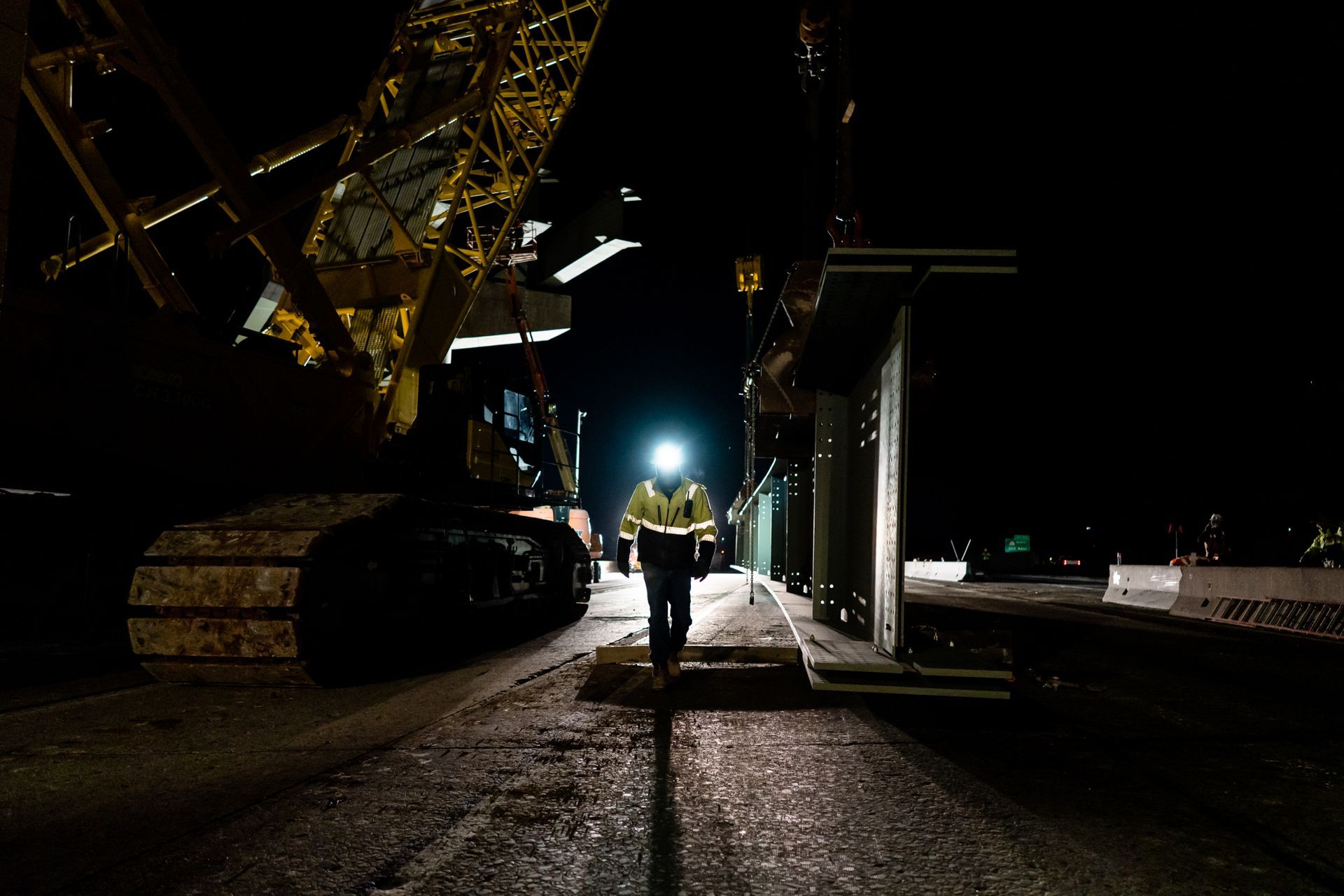Recent projects highlight Utah’s push to better utilize water as experts in water resources share in cautious optimism. By Taylor Larsen
SWUA Forebay Structure
Owner: Strawberry Water Users Association
Designer: Franson Civil Engineers
General Contractor: WW Clyde
Out with Old, In with the New
Improving the wheel is one thing, but the new Logan Valley Regional Wastewater Treatment Facility is akin to switching a handcart out for a Cadillac.
Lance Ota, Assistant Project Manager for MHW Contractors, said the new facility replaced the work of approximately 500 acres of open-air lagoons, ponds used to sink wastewater solids. However, the lagoons did not remove nitrogen and phosphorus and would require a treatment facility for the city to meet more stringent EPA laws to protect fish and other aquatic life.
The CMGC delivery method from MHW Contractors brought construction costs down to the campus with value engineering and scope reduction bringing about exactly what Logan City needed.
One value engineering success came from Malcolm Drilling utilizing auger cast piles instead of steel-driven piles. This, Ota said, saved several million dollars on the project and allowed it to come in at $130 million, millions below the initially planned budget.
MWH Constructors divided the project into four scopes over the three-year construction timeline. Ota explained that 30 contracts were drawn up with different, local participants in mind to complete construction—foundations, masonry, building finishes, equipment, process piping, SCADA systems, and a healthy serving of concrete.
Ralph L. Wadsworth (RLW) Construction was heavily involved in all four scopes as the concrete contractor. RLW representatives said that the intricate nature of water infrastructure construction required smaller, more precise pours for the non-standard shapes the project required. Careful coordination between MHW Constructors, RLW Construction, concrete supplier LeGrand Concrete, and reinforcing suppliers and installers at Champion Fabrication and KG Steel made for a great team that poured and formed 24,000 CY of concrete.
Project completion on the greenfield site came out ahead of schedule to allow the owner to train an entirely new staff to run the facility. What was once a one-man operation has turned into a staff of 15 to better sample, test, and treat the 12-15 MG of wastewater influent from the Logan Valley before effluent cycles back into Cutler Reservoir.
Logan Regional Wastewater Treatment Facility
Owner: Logan City
Designer: Carollo Engineers
General Contractor: MWH Constructors
Closing the Loop
Traveling south, Central Valley Water Reclamation Facility (CVWRF) in South Salt Lake has improved its capabilities to manage new EPA guidelines with the 3 Water (3W) Improvement project. The newest building not only helps bring the facility to code but allows the facility to utilize reclaimed water for campus operations, according to Bill Crowley, Project Manager for COP Construction
Wastewater influent from CVWRF’s seven member entities passes through multiple cleaning phases before reaching the 3W Improvement systems. While the overall facility treats 50–60 million gallons of wastewater per day, this building and its systems, Crowley said, constitute the treatment processes able to remove nitrogen.
Water tables from nearby Mill Creek required lots of dewatering to make construction and future operations as safe as possible for the new building, Crowley reported. With 30,000 tons of aggregate and 3,000 CY of concrete, the full structure extends 25ft underground, with a 1-MG tank taking up much of the excavated space.
Water that enters the 3W Improvement facility passes through one of three state-of-the-art disc filters, producing 7 MG of reclaimed water daily. Treated water then passes through the UV ray system to kill the final bacteria. “It’s like we’re running the water through a tanning bed,” said Crowley.
As the final treatment, Crowley said sewage has been entirely removed from the water to updated EPA standards. Then, water can discharge as effluent into Mill Creek or, with this project, recirculated via the 15 turbine pumps across the CVWRF campus for cleaning, maintenance, and machine cooling purposes—creating a self-contained system on site.
During golf season, 3W Improvement produces reclaimed water for the nearby golf course, Golf the Round. Sure, the course is next door, but Crowley foresees the benefits of reclaimed water going all over the Beehive State, watering parks, schools, athletic fields, commercial development, and residential landscapes.
After all, he said, as long as the water is clean, “Grass does not care what water it gets.”
3 Water Improvement Building
Owner: Central Valley Water Reclamation Facility
Designer: Brown and Caldwell
General Contractor: COP Construct
New Ways to Water
From watering turf grass to watering the fields and farms that produce our food, Crowley is certainly correct, but efficiency is still the name of the game.
Paul Monroe, General Manager for the Central Iron Conservancy District (CIWCD) saw a decline in per capita use among the around 50,000 users serviced by the CIWCD. The biggest decline, he said, has been in agricultural use.
“Biggest bang for the buck has been helping agriculture conserve water,” he said. While agriculture accounts for over 80% of overall water use statewide, CIWCD took the challenge to bring efficiency to agriculture. The district incentivized a switch from standard center pivot sprinklers to “LEPA” or Low-Energy Precision Application distribution bubbles to spray water closer to the ground and into the crop canopy.
“Drops aren’t missing out [on the crops] and blowing out to another county,” he said.
After converting 2,000 acres and saving 250-300 MG of water, Monroe is looking forward to converting another 8,000 acres in center pivots to the more efficient system.
“We’re still in a rural area with lots of agricultural heritage,” Monroe said, “and we’re trying to help farmers get over the edge and implement [these systems].”
Improving yields and using less water—this is the beginning of a huge success for the area in and around Cedar City, with Monroe reporting that CIWCD stands to conserve around 1.5 billion gallons of water per year if the remaining acreage adopts these improved watering methods.
Residential Shift
Down the road in Washington County, Zach Renstrom said it has been a phenomenal year.
“We couldn’t have asked for better,” he said of the long, steady storms that have showered rain on the Beehive State.
And that’s just the weather.
As General Manager for the Washington County Water Conservancy District (WCWCD), Renstrom and his team witnessed a strong push from their community of 180,000 to fully engage in conservation over the last year. He reported a significant decline in overall municipal water use—200 million gallons less than the previous year.
“People here care about water conservation,” he said. “They want to be good stewards."
One recent push, he said, came from the homebuilding community. Recent restrictions—the most stringent in Utah—prohibit non-functional turf in new commercial, institutional, and industrial builds. Residential lots are restricted to turf covering a maximum of 8% of the overall lot size and a cap of total turf on larger lots.
Yet homebuilders jumped aboard. How? The enticing color of green.
Developers could conserve their dollars via decreased impact fees for projects and residences. But that decrease resulted from a change from much more efficient development, with the new level of service decreasing from 0.89 acre-feet of new residential construction to 0.59 acre-feet in 2022. The cost decrease per connection decreased from what would have been $21,209 to a WCWCD board-approved $13,500 per equivalent residential connection.
But they cautioned that this has been a long, repeated process to bring out such efforts from the development community and water customers.
“These processes haven’t happened overnight,” he said of countless meetings and countless years it takes to see noticeable results—there’s no magic button to get residents and businesses on board with conservation. “This is something that you can’t just propose or do immediately. It is a multi-year process educating multiple people who are interested in conservation.”
Many Washington County developers and residents have ditched turf for more natural landscapes (photo courtesy Washington County Water Conservancy District), amounting to 200 MG less water used than last year with 5% more people living in the area.
Where is Water Trending?
Sure, those interviewed for this story are a little biased, but all said that water in Utah is looking up.
Franson, the civil engineer, cautioned against pinpointing just one area to tackle. Instead, finding the low-hanging fruit of efficiencies within each industry—landscaping, fixtures, farming equipment and practices—will move the conservation needle.
“We can make gains in every aspect and come up with ways to help everyone instead of creating a hierarchy,” he said. Holistically prioritizing what is most needed will help us better navigate the process.
He advocated for understanding the full cost and value of water. While it might bring out the pitchforks at city meetings across the Beehive State, moving forward will help citizens fully grasp the seriousness of the state’s water woes.
Crowley with COP Construction said Utah is starting to recognize the gravity of the situation, but where nearby states like Arizona and Colorado are leading the way in stretching all water as far as possible, Utah sits behind. State leaders have yet to pass laws to utilize reclaimed water on a large scale.
Monroe in Iron County said, “We’ve gotta buckle down and focus for an uncertain future.” Along with creating better partnerships between users and water suppliers, Monroe said the A/E/C community needs to be involved in making water development decisions—especially with how infrastructure takes years, even decades, to go from initial idea to finished construction.
Case in point: his district’s plan to develop water for the district via the Pine Valley Water Supply Project (PVWSP). While initial planning began in 2006, Monroe reported that construction for the PVWSP will begin, at its earliest, in 2028.
Amidst that caution, Renstrom in Washington County felt like both his area and the state as a whole are trending in the right direction, even if it has taken some refocusing.
“Historically, we’ve understood the importance of water,” he said of the monumental undertakings to organize water resources in the 19th and 20th centuries. “We got complacent, but we’re waking up.”
Water-related bills in the legislature, public meetings surrounding water resources, and even joining with neighbors to say, “How about the drought?”
“It’s a great discussion we are having right now,” said Zach. These discussions must continue, at every level, especially encouraging elected officials and residents to prioritize water as drought issues are sure to resurface.
The real attention, he said, will come from making a difference financially—incentives, grants, budgets, or, as Franson mentioned earlier, realizing the true cost of water and allocating resources accordingly. “We have to spend the money to make these decisions,” said Renstrom.
Hard decisions are waiting to be made, but the time to act is quickly drying up.
